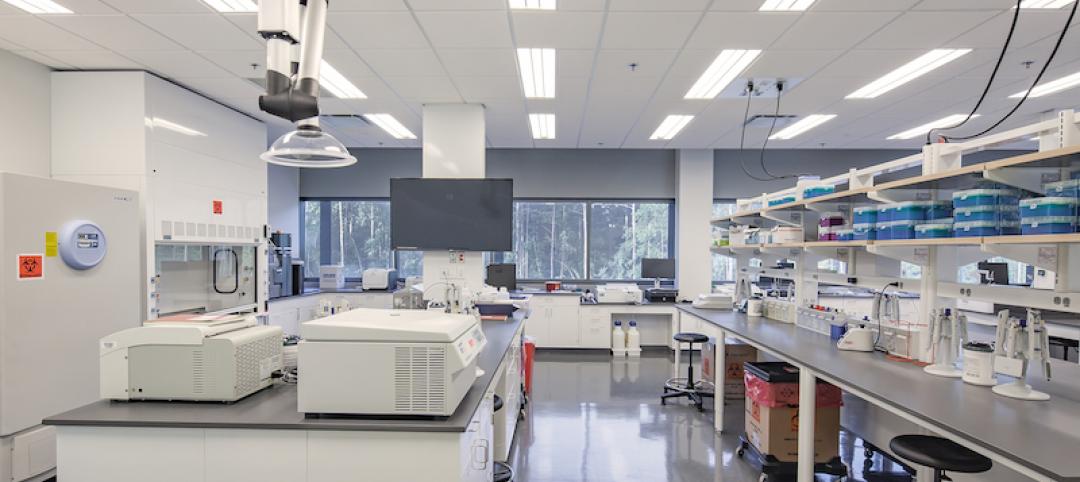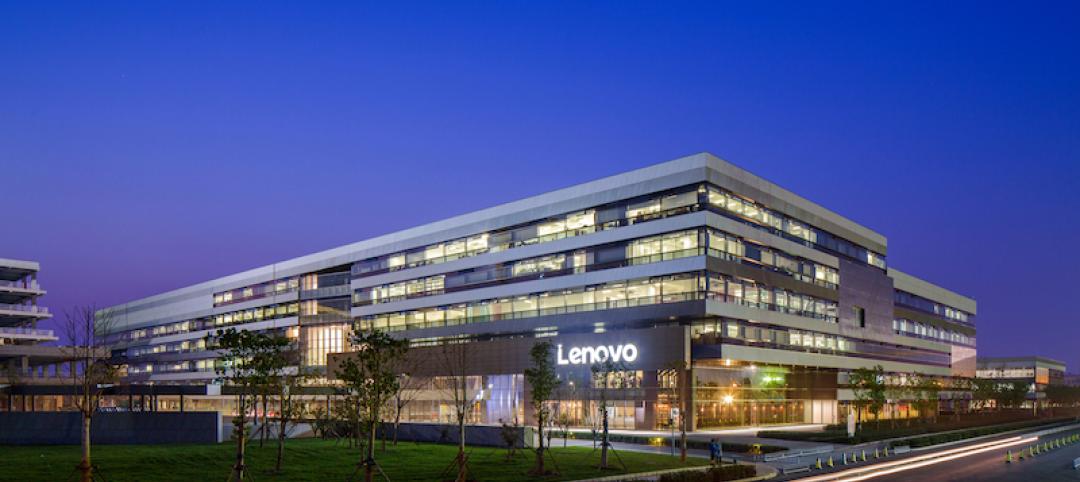“Bad libraries build collections, good libraries build services, great libraries build communities.”
That statement by R. David Lankes, a professor at Syracuse University’s School of Information Studies, was a bit controversial when he tweeted it back in February of 2012.
But now, in July of 2019, it seems as though many architects and designers agree; a library should go beyond being just a collection of books, and instead become all-inclusive community learning centers (with the key word here being “community”).
And what better way to highlight the community aspect than to incorporate it directly within (or, in some cases, above) the library itself.
Related content: Top 110 Cultural Sector Architecture Firms
Related content: Top 70 Cultural Sector Engineering Firms
Related content: Top 65 Cultural Sector Construction Firms
Both the Milwaukee Public Library and the Brooklyn Public Library have recently completed or are nearing completion on branches that, in addition to their collections of books, also include features such as maker spaces, recording studios, and apartment units.
The HGA-designed Mitchell Street Branch of the Milwaukee Public Library, created from the former Hills Department Store originally built in 1919, is a shining example of the library design direction many municipalities are champing at the bit to head in.
The library, which occupies 23,000 sf across the ground level, mezzanine, and lower level of the renovated building, isn’t interested in the stereotypical musty spaces filled with librarians who’s glasses are perched precariously on the tips of their noses. Instead of a maze of domineering stacks filled with suppressive shushers, the Mitchell Street library provides bright, open spaces capable of hosting events like, say, a Mexican-style professional wrestling show dubbed “Crush the Shush.”
In addition to quarreling luchadores, the Mitchell Street library also includes amenities such as a maker space with tech lockers, a graphics workstation, a 3D printer, and audio mixing equipment; a recording booth; and a kitchen for demonstrations on healthy cooking and eating.
‘Bad libraries build collections,
good libraries build services, great
libraries build communities.’
— R. David Lankes, Syracuse University School of Information Studies
A highly visible storefront display area connects people on the street to the activities occurring within and design details such as restored historic elements and roll-up doors painted by local youth artists combine to create a bright, transparent interior that forgoes the typical library aesthetic.
Other amenities include a 120-person community room, a young adult zone, an open children’s area, a staff workroom with automated material handling, an intergenerational living room with a fireplace, and a mezzanine reading balcony. And to top it all off, literally and figuratively, 60 market-rate apartments are located on the upper floors to create a brand new living and learning community under one roof.
Similarly, the Sunset Park Branch of the Brooklyn Public Library (slated for a December 2020 completion and designed by Magnusson Architecture and Planning) comprises eight stories and 21,000 sf. The library encompasses the first two and a half floors of the building, while the remaining five and a half floors house 50 affordable residences for qualified low-income occupants. Reading spaces, learning spaces, and a community room are also included in the design.
Libraries aren’t the only cultural buildings getting in the community spirit
But libraries aren’t the only cultural facilities branching out and trying to offer more than has been expected of them in the past. Spaces for performing arts on university campuses are beginning to adapt and embrace interdisciplinary pedagogy. Take Macalester College’s new Theater, Dance, and Classroom building, designed by HGA, for example. Located in St. Paul, Minn., the new building links to the adjacent Olin-Rice Science Center to provide both a physical and a symbolic connection between the arts and the sciences.
The building includes a flexible performance space that allows for different seating and performance configurations, a 2,400-sf dance studio, and a smaller theater that can serve as a black box studio. And while you will find everything you would expect in a performing arts building, the new space also includes nine flexible classrooms that serve as teaching areas for classes ranging from the humanities to science.
The goal for performing arts spaces such as the Theater, Dance, and Classroom building, is to break down the walls between what were once disciplines on opposite ends of the spectrum, allowing them to instead work together and create a completely new learning experience. Similar to the ideas guiding library design, creating well-rounded cultural building communities is of the utmost importance.
MORE FROM BD+C'S 2019 GIANTS 300 REPORT
Related Stories
| Aug 12, 2016
Top 30 Science + Technology Construction Firms
Skanska USA, Suffolk Construction Co., and The Whiting-Turner Contracting Co. top Building Design+Construction’s annual ranking of the nation’s largest science + technology sector construction and construction management firms, as reported in the 2016 Giants 300 Report.
| Aug 12, 2016
Top 40 Science + Technology Architecture Firms
Perkins+Will, HDR, and HOK top Building Design+Construction’s annual ranking of the nation’s largest science + technology sector architecture and A/E firms, as reported in the 2016 Giants 300 Report.
| Aug 12, 2016
OFFICE GIANTS: Technology is giving office workers the chance to play musical chairs
Technology is redefining how offices function and is particularly salient in the growing trend of "hoteling" and "hot seating" or "free addressing."
| Aug 12, 2016
Top 70 Office Engineering Firms
Jacobs, AECOM, and Thornton Tomasetti top Building Design+Construction’s annual ranking of the nation’s largest office sector engineering and E/A firms, as reported in the 2016 Giants 300 Report.
| Aug 12, 2016
Top 100 Office Construction Firms
Turner Construction Co., Structure Tone, and Gilbane Building Co. top Building Design+Construction’s annual ranking of the nation’s largest office sector construction and construction management firms, as reported in the 2016 Giants 300 Report.
| Aug 12, 2016
Top 100 Office Architecture Firms
Gensler, HOK, and Perkins+Will top Building Design+Construction’s annual ranking of the nation’s largest office sector architecture and A/E firms, as reported in the 2016 Giants 300 Report.
| Aug 11, 2016
RETAIL GIANTS: Retailers and developers mix it up to stay relevant with shoppers
Retail is becoming closely aligned with entertainment, and malls that can be repositioned as lifestyle centers will have enhanced value.
| Aug 10, 2016
Top 50 Retail Engineering Firms
Jacobs, Henderson Engineers, and WSP | Parsons Brinckerhoff top Building Design+Construction’s annual ranking of the nation’s largest retail sector engineering and E/A firms, as reported in the 2016 Giants 300 Report.
| Aug 10, 2016
Top 80 Retail Construction Firms
VCC, PCL Construction Enterprises, and The Whiting-Turner Contracting Co. top Building Design+Construction’s annual ranking of the nation’s largest retail sector construction and construction management firms, as reported in the 2016 Giants 300 Report.
| Aug 10, 2016
Top 90 Retail Architecture Firms
Gensler, GreenbergFarrow, and MG2 top Building Design+Construction’s annual ranking of the nation’s largest retail sector architecture and A/E firms, as reported in the 2016 Giants 300 Report.

















